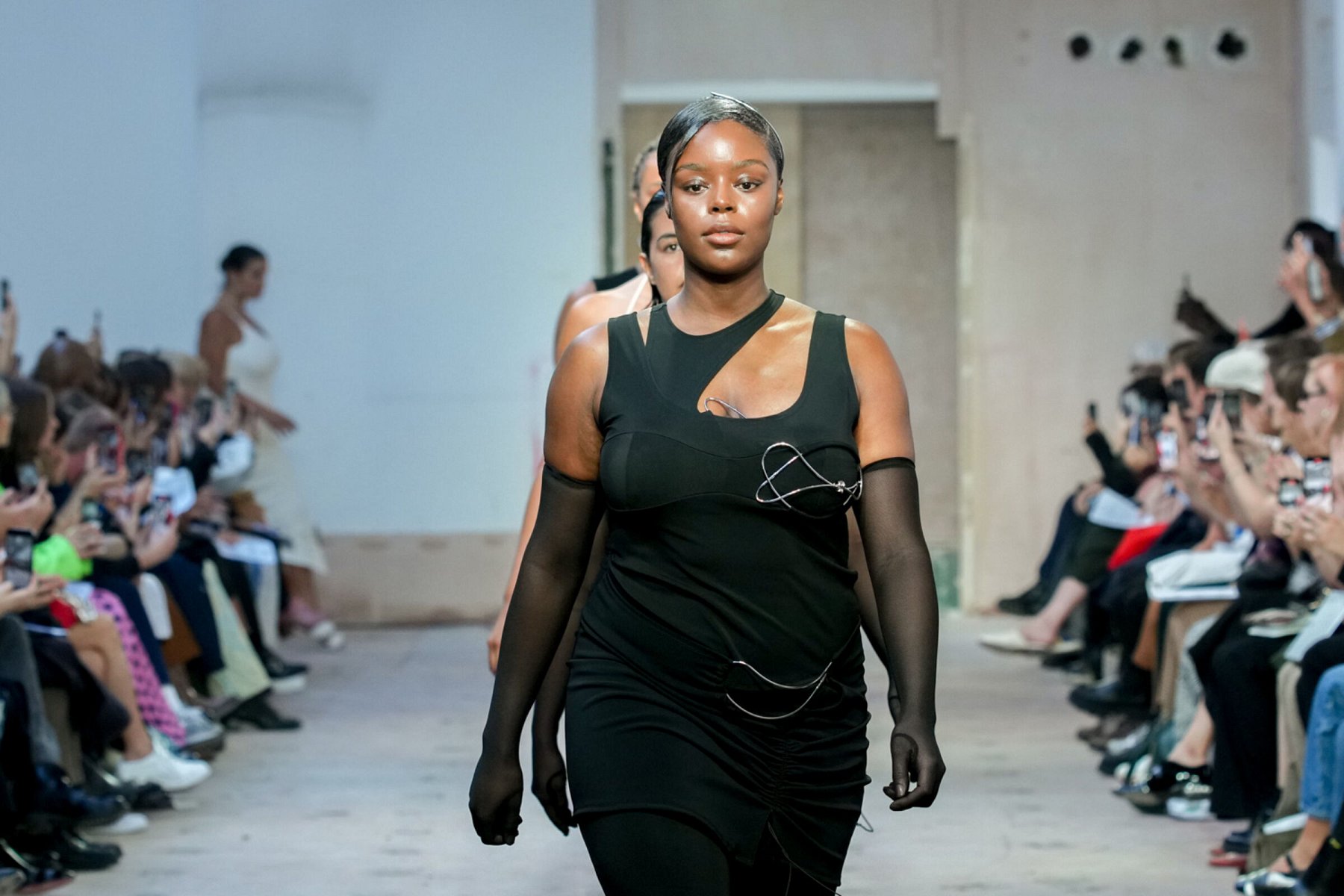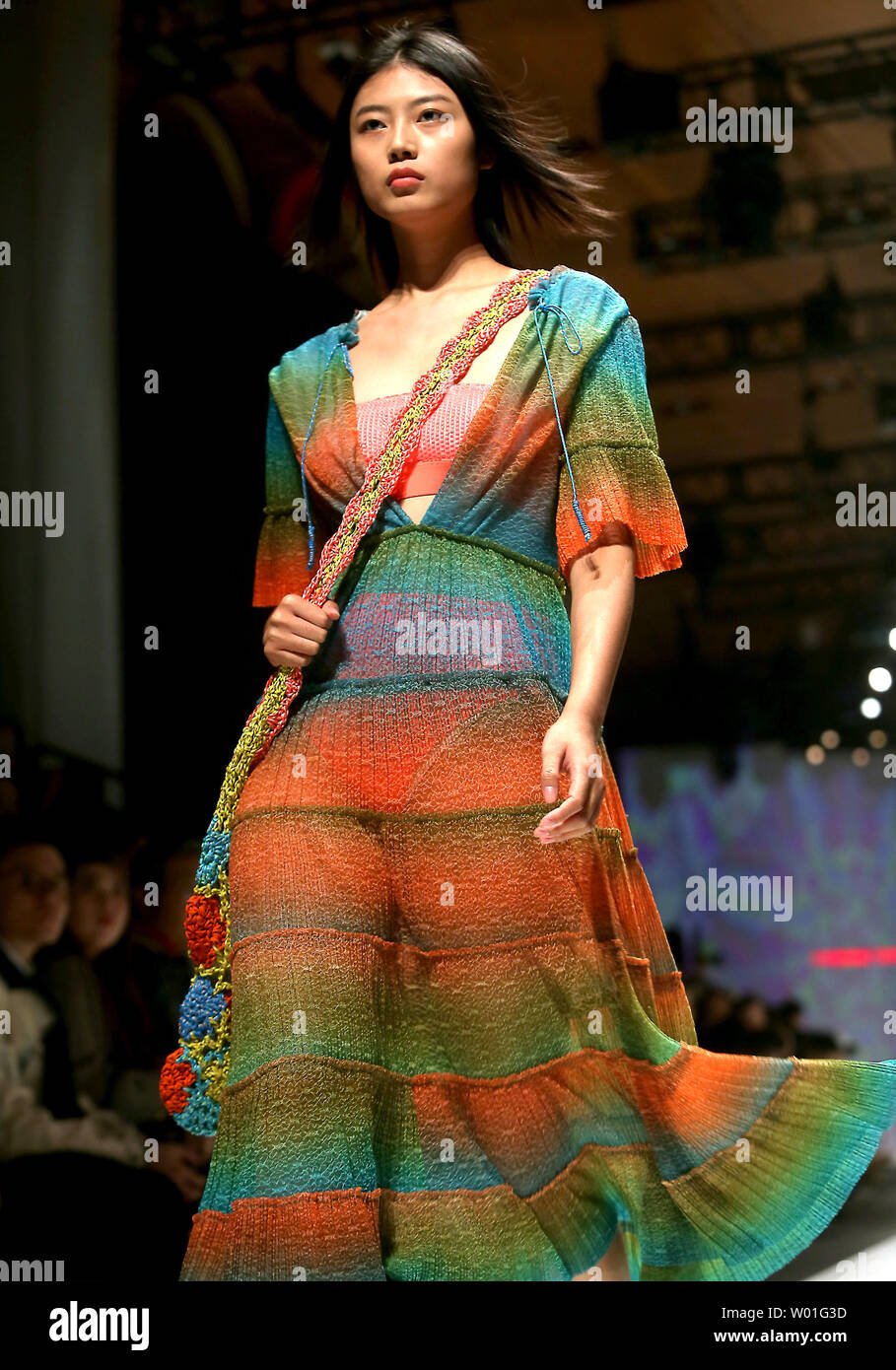Festive Period Fashion: Eastern Wear Pakistan Styles for every single Occasion
Festive Period Fashion: Eastern Wear Pakistan Styles for every single Occasion
Blog Article
Discover the Finest Option of Genuine Eastern Use
Start a journey via the complex globe of authentic Eastern wear, where social customs and sartorial sophistication intertwine to create a tapestry of unequaled appeal. The allure of Eastern outfit lies in its capability to go beyond time and geography, providing a glance right into the rich heritage and craftsmanship of varied regions. As you explore the myriad design and styles, each piece holds a story waiting to be unraveled, inviting you to embrace the virtuosity and sophistication that Eastern style envelops. Prepare to be mesmerized by the appeal of Eastern wear and immerse yourself in a globe where every garment is a testimony to centuries-old traditions and elegant craftsmanship.
Background of Eastern Fashion

Today, Eastern fashion proceeds to astound the global market, with developers drawing inspiration from standard attire to develop modern-day interpretations that appeal to a vast target market. The abundant tapestry of Eastern style background offers as a testimony to the imagination and workmanship of the craftsmens that have actually contributed to its evolution.
Types of Eastern Attire
Discovering the diverse range of traditional garments discovered in Eastern societies reveals a remarkable tapestry of styles and designs that show cultural identifications and special histories (eastern wear pakistan). From the detailed embroidery of Indian sarees to the flowing silhouettes of Japanese kimonos, Eastern outfit encompasses a large range of designs. In South Asia, the elegant and dynamic salwar kameez is a preferred choice for women, while men typically go with the timeless kurta pajama. Moving in the direction of the Middle East, the flowing abayas and detailed kaftans are associated with traditional Arabian fashion. In East Asia, the streamlined lines of Chinese cheongsams and the vibrant colors of Oriental hanboks showcase the abundant sartorial heritage of these areas. Additionally, Southeast Asia boasts the complex batik prints of Indonesia and the skirts of Malaysia. Whether it's the luxurious fabrics of Persian apparel or the minimalist beauty of Vietnamese ao dai, Eastern outfit offers an exciting glance right into the varied societies and customs of the East.
Workmanship and Materials
An in-depth exam of Eastern clothing reveals the precise craftsmanship and charming products that underpin these typical garments. Eastern wear is renowned for its detailed needlework, fragile handwork, and interest to information that display the skill and virtuosity of the artisans. From the dynamic sarees of India to the moving robes of the Center East, each garment is a masterpiece of accuracy and dedication.
Workmanship in Eastern clothes frequently entails classic methods gave via generations. Artisans invest hours, often days, carefully creating intricate patterns and styles that embellish the textile. Whether it's the zardozi work with a Pakistani shalwar kameez or the kantha stitching on a Bangladeshi saree, the level of craftsmanship is exceptional.
Furthermore, the materials made use of in Eastern wear are very carefully selected to make sure both quality and authenticity. eastern wear pakistan. Fabrics like silk, chiffon, cotton, and velvet are typically made use of, each chosen for its one-of-a-kind residential properties that enhance the final garment. Embellishments such as beads, bangles, and mirrors add a touch of glamour and deluxe to these standard sets, making them truly stick out in the globe of fashion
Popular Eastern Put On Patterns
Current years have observed a renewal in the appeal of conventional Eastern wear, with a remarkable emphasis on combination designs and contemporary adaptations. One popular fad in Eastern wear is the incorporation of contemporary elements into standard attires, creating a distinct mix of social heritage and contemporary fashion. Developers are reimagining timeless shapes, such as the saree and salwar kameez, by instilling them with western cuts, cutting-edge draping methods, and unique decorations.

In addition, minimalist aesthetic appeals and single shade combinations have acquired traction in Eastern wear, providing an advanced and understated appearance. This change in the direction of simplicity shows a contemporary take on typical styles, interesting those looking for a more polished and stylish fashion statement.
Tips for Styling Eastern Outfits
Integrating modern aspects and conventional workmanship right into Eastern put on opens a myriad of styling chances for fashion enthusiasts looking to produce unique and culturally rich clothing. When styling Eastern attires, it's necessary to find an equilibrium in between standard components and contemporary patterns. One suggestion is to blend and match various items, such as combining a standard stitched kurta with modern-day jeans for a fusion appearance. In addition, do not shy away from explore dynamic shades and complex patterns that are particular of Eastern clothing.
Devices play a critical duty in elevating an Eastern outfit. Think about adding declaration precious jewelry like jhumkas or a maang tikka to improve the total look. For see post guys, a traditional pocket square or an elegant bandana can add a touch of refinement to the ensemble. Pay attention to shoes selections, choosing conventional mojaris or juttis for a total Eastern-inspired outfit.
Finally, confidence is vital when styling Eastern put on. Embrace the cultural heritage and craftsmanship behind each piece, and wear it with pride to genuinely embody the essence of Eastern fashion.
Conclusion
To conclude, Eastern fashion offers a distinct mix of custom and modernity, showcasing the rich cultural heritage and craftsmanship of the East. With a diverse variety of styles and materials, Eastern clothing mesmerizes style lovers worldwide. By discovering the history, kinds, workmanship, and patterns of Eastern wear, people can accept the charm and narration elements of this cultural attire in their closet.
The history of Eastern style traces back centuries, mirroring diverse cultural impacts and typical craftsmanship. Today, Eastern style continues to captivate the international market, with designers attracting inspiration from conventional clothing to create modern analyses that appeal to a vast audience. One famous pattern in Eastern wear is the incorporation of contemporary you could try this out components right into standard outfits, creating an unique mix of social heritage and modern style.Integrating contemporary elements and typical workmanship right into Eastern wear opens up a myriad of styling chances for style enthusiasts looking to develop unique and culturally rich clothing. eastern wear pakistan.In final thought, Eastern style uses a special mix of custom and modernity, showcasing the rich social click to read heritage and workmanship of the East
Report this page